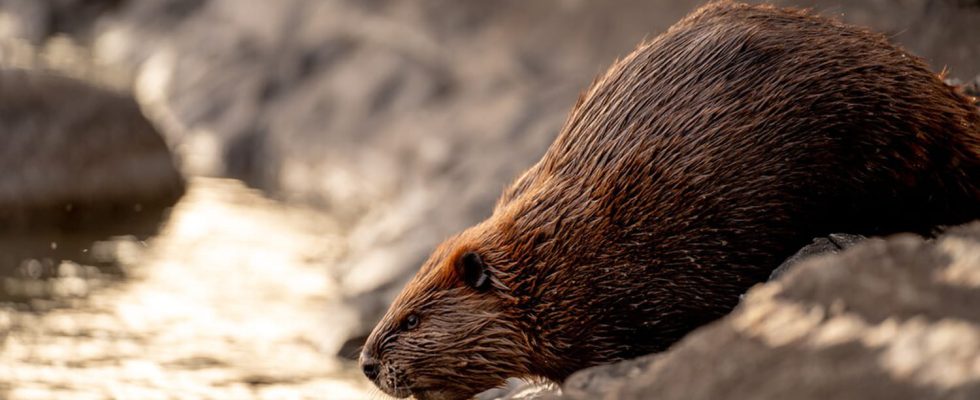“Yes: you ate vanilla made from a beaver’s tail”. You have already read this hundreds of times on social networks and websites. True or false ? Here’s how vanilla flavor is really made.
What is the relationship between the beaver’s anus and vanilla? With vanilla pods, nothing at all. However, if we talk about the “vanilla flavor”… things change. As taste historian Nadia Berenstein explained in Vice magazine, during the 1960s and 1970s, American food manufacturers began using very small amounts of castoreum to enhance artificial vanilla, strawberry, and raspberry flavors. .
Here’s the link: castoreum is an oily substance secreted by beavers with glands located between the anus and the tail. Beavers use it to groom themselves, but since time immemorial (due to its sweet and sometimes musky aroma) it has been used as a substance in perfumery, medicine and food.
So, is it true that the vanilla flavor comes from the beaver’s anus? Let’s say, for the moment, that this is not false. And, indeed, today the US FDA continues to accept this substance as a food additive. However, it is true that these same American manufacturers quickly realized that the use of castoreum was a huge bottleneck.
There aren’t enough beavers for all that vanilla. Already, for starters, there isn’t enough vanilla for all that vanilla. As early as the 1960s, growers realized that the demand for things that tasted like vanilla was going to outpace the world’s production of vanilla beans. So they set out to develop ways to artificially create that flavor (like strawberry and raspberry).
The story is simple: as with drugs, it is always better to have a standardized (and easy to manufacture) compound on an industrial scale. The flavor of plants depends on many environmental factors and depending on them is generally a bad idea.
During the 1960s and 1970s, many vanilla flavor makers used castoreum to round out their flavors, but faced the same problem. There was no large-scale commercial circuit for “beaver anuses”. In fact, by this time the beaver farms that had flourished until the first half of the century were in decline. Fake fur had ruined these breeders.
“What are we doing?” wondered the manufacturers. Substitute vanilla and substitute beavers. The key was finding a way to produce vanillin (the key flavor compound). And they succeeded. Today, less than 0.3% of the vanillin used to flavor foods actually comes from vanilla beans. And, of course, hardly any vanilla flavor comes from the beaver’s anus.
From what we know, the vast majority of vanillin today is synthesized from guaiacol, a naturally occurring compound that can be extracted from guaiac trees, desert lobster, and coal coal processing. In other words, in very strange places, yes, but unfortunately not in the anus of a beaver.
